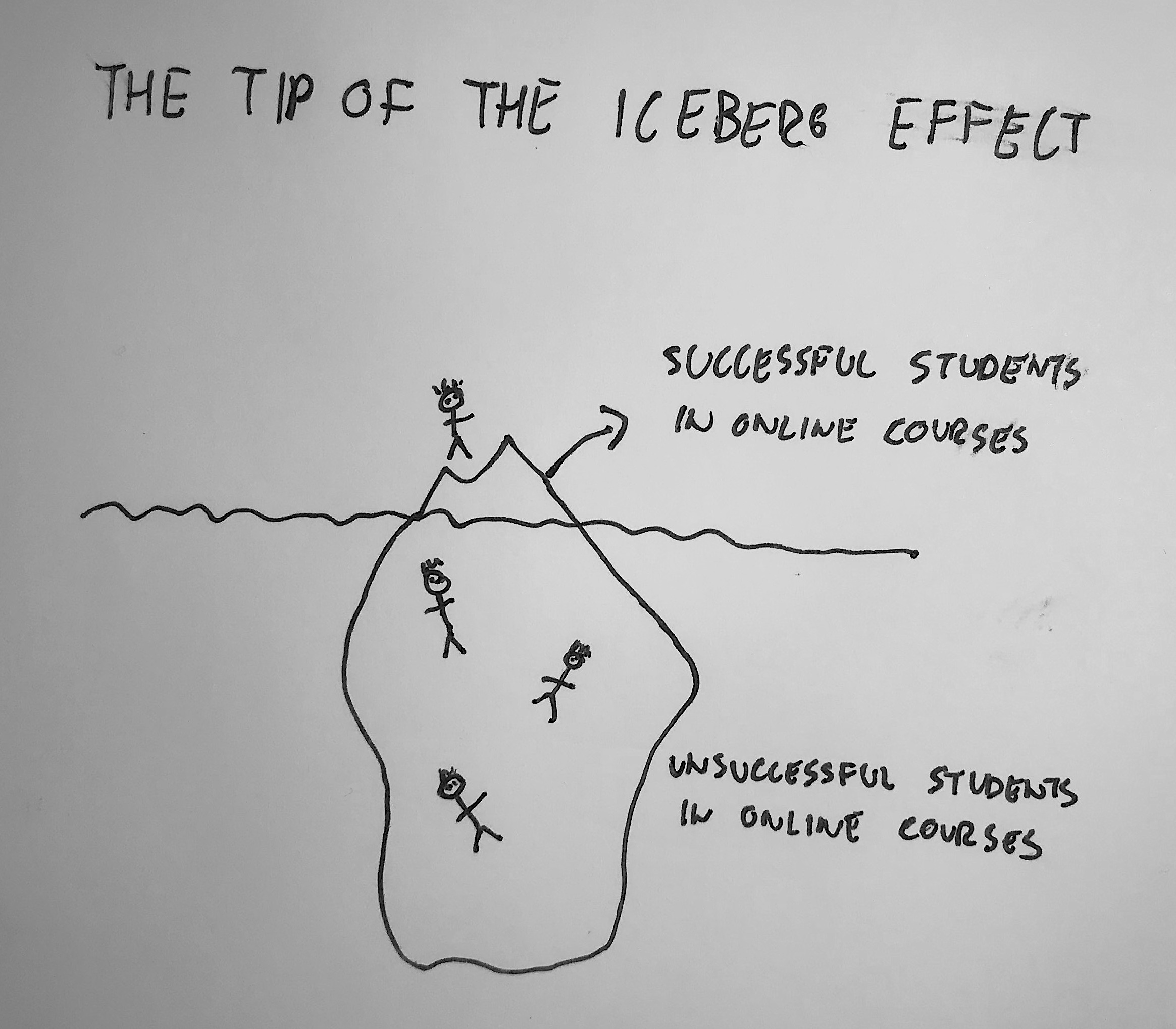

The article will also examine Omar’s positioning at the nexus of the national and the transnational as a product of the Palestinian film industry. To frame the analysis of how Omar reflects upon the scope and possibility of nation-state sovereignty today, and also upon the value of human, bare life, the article will begin by addressing other visual narratives of street art that effectively reterritorialize the space of exception that is the West Bank. Focusing on the Palestinian film Omar (2013), written, produced and directed by Hany Abu-Assad – mainly on the ways it engages with territorial conflict and transgression – the central purpose of this article is to analyze its representation of the West Bank wall as both a physical reality of the state of exception and a site of radical potentiality. In particular, the wall that makes up the West Bank security barrier, erected in 2002 by the Israeli Government ostensibly to protect Israeli civilians from Palestinian militant attacks, constitutes the strongest spatial manifestation of an unyielding state of exception – the place where life has lost its political existence. Iceberg production affects the mass balance of the parent ice sheets, and melting icebergs influence both ocean structure and global sea level. At the core of this military urbanism lies the mechanism of walling. Apart from local weather effects, such as fog production, icebergs have two main impacts on climate.

We need to try and take this opportunity to soften our child/teen and get to the feelings that our deeper in the iceberg. Bearing a striking resemblance to practices of governance developed in colonial settings, a ‘new military urbanism’, comprised of political devices (in the Agambian sense) such as roadblocks, checkpoints and concrete barriers, works to control the everyday lives of civilian populations. Your child might be feeling hurt (this happens a lot for highly sensitive kids), sad, disappointed, overwhelmed, disappointed, frustrated, ashamed, jealous, scared, anxious, worried etc. The theory is so named because, just as only a small part of an iceberg is visible above water, Hemingways stories presented only a small part of what was actually happening. The iceberg effect describes minimal surface damage belying expansive damage underneath - muscle and other structures. Techniques of colonial governmentality, such as the conjointly reinforcing institutions and practices of the military court system and the network of military checkpoints and other devices, continuously act to undermine (and concurrently reinforce) the disputed sovereignty of Palestine. The Iceberg Theory (also known as the 'theory of omission') is a style of writing coined by American writer Ernest Hemingway. Culture The Iceberg Theory and Our Decisions 2 minutes Hemingway’s Iceberg Theory has been applied throughout history to different areas from literature to human resources, and we present to you today this theory applied to the field of psychology.


 0 kommentar(er)
0 kommentar(er)
